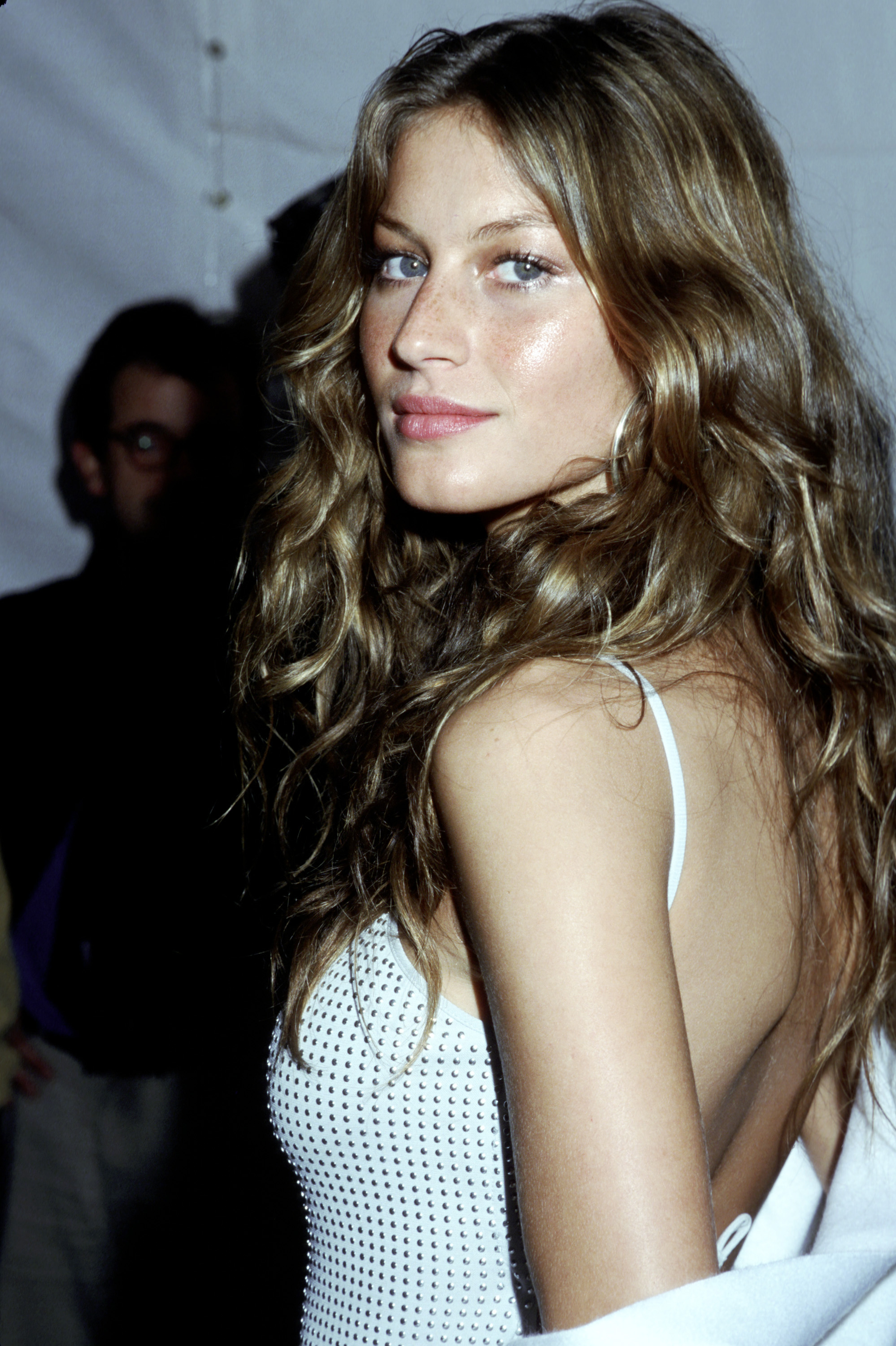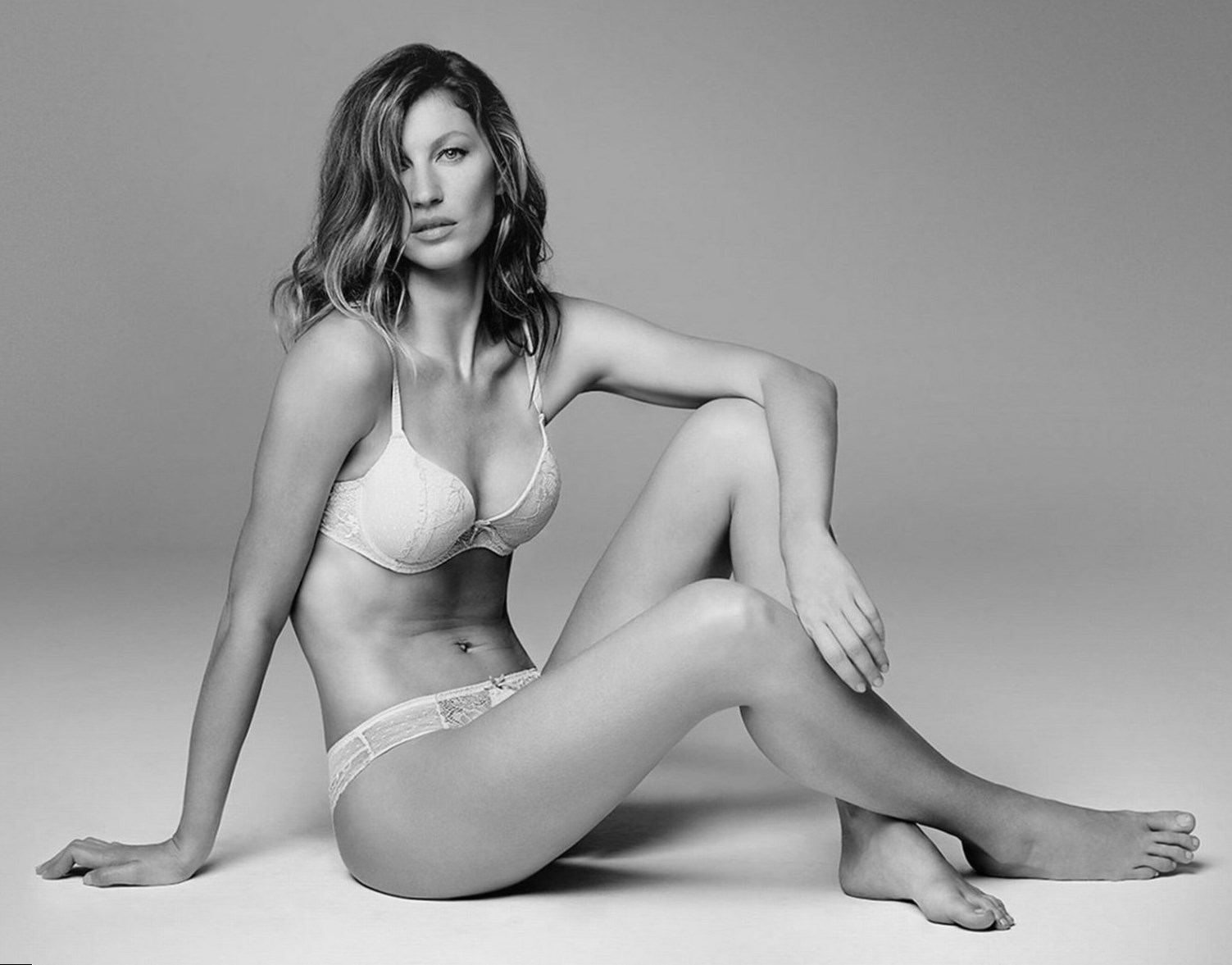

“Trying to capture those unpremeditated moments when people’s sexualities come up to the surface.” He talked about his images being “fashion pictures that mix art and erotic photography”, and about his shoots as artistic “happenings” that he faciliated while other people actually pressed the camera shutter. “I’m interested in trying to capture something spontaneous,” he said. It also helped his cause that he could talk about his work as a social and artistic project, with a unifying aim and purpose. I can only say that it didn’t seem apparent to me, and I didn’t hear it mentioned. He has since said that he was using heroin and drinking heavily before 2001. I don’t know if that lasted (“ I was a shy kid and now I’m this powerful guy with a boner, dominating all these girls,” he would tell an interviewer years later) but at the time all these qualities and connections meant he had an allure, to men at least. Plus, he seemed endearingly humble and funny. Terry had grown up in Los Angeles, and had good stories. Terry’s mother then went out with Jimi Hendrix and, later, Keith Richards. His father, Bob, had helped to invent modern fashion photography in the 60s, and when Terry was four, Bob left his mother for Anjelica Huston. Richardson felt like an exciting person to work with. Photograph: Schildhorn/BFA/REX/Shutterstock Richardson with the fashion designer Stella McCartney in New York in June 2017. The truth of that tale has not been proven, but I think the men on the staff wanted it to be true because it brightened his aura of interesting glamour. There was gossip about his shoots, but mostly concerning celebrities I recall stylists recounting rumours of a bisexual orgy with supermodels in his New York studio, and jokingly referring to his pictures of this carry on as “Terry’s pension”. I met him three times, all before the first harrassment allegation against him, in 2001 and, so far as I’m aware, before he started publishing photographs of himself having sex with models.

Some of the less obvious reasons for the fashion industry’s delayed reaction to the allegations might be buried in that period. I had been well placed to watch the phenomenon develop, having in the mid-90s edited the Face magazine, which ran some of his early pictures. In 2000 I was interviewing him for a long story about pornography’s influence on fashion for the Daily Telegraph.

Curators at fine art galleries, broadsheet newspaper editors and highbrow book publishers all nodded along sagely.

And yet his proselytising was once taken seriously, and not only by the fashion industry.


 0 kommentar(er)
0 kommentar(er)
